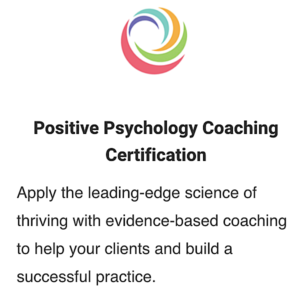by Maria Sirois
Whenever we see a friend in distress, the first words we utter are, “Okay, take a breath.” We know something about what begins to heal us without truly knowing it. Breath is the essence of life. We breathe to stay alive, to nourish the cells and organs of our body, and we breathe as a gesture of hope. It is the doorway to the next moment, and from that the next possible future. With each breath the tiniest amount of change has already begun. We find ourselves in a slightly new present and eventually, after perhaps 10 breaths or a hundred, we can begin to do a bit more, we can begin to choose.
In my twenties, depressed after a painful breakup, I self-medicated by sleeping all the time. I had married right out of college, a binding that lasted less than three years and, suddenly, at the age of 25, I had left a home for an apartment, a husband for an empty bed. Everything seemed unstable and uncertain. Had I known to choose breath instead of numbness, I would have been able to awaken, get out of bed, and see opportunities unfolding. My relationship to my suffering and to my very sense of self would have been different if I had understood what Thich Nhat Han said: “Breath is the bridge which connects life to consciousness.” I might have reached out more. I might have found a connection to another who also knew heartbreak. I would have been a bit more clear, instead stumbling like a three-legged homeless dog from scrap to scrap of affection.
With breath as our focus, we slow down, become aware, and then we can choose how to respond, rather than simply react.
Physically, the breath is rejuvenating, feeding the body with life-giving oxygen. Emotionally, breath provides us with micro experiences of calm. As we focus on breathing, we create tiny islands of respite from the intensity of emotion. Our cognitions begin to align themselves away from panic or shock and slowly useful thoughts or questions begin to emerge: “Who can I lean on?” “What has helped me in the past?” “What do I need to learn now?” Those would have been really handy that year.
With mindful breathing, too, we form a new relationship with ourselves. In shock or despair, the tendency is to become reactive, to take action that is historically familiar, whether or not it is helpful. With calming breath, we demonstrate self-care, and from that place we are more likely to move in a direction that is nourishing. Spiritually, with each inhale and exhale, we bring toward us a slight liberty, an openness to that which is and that which is larger than us. Mindful awareness of the breath indicates a “radical receptivity to life,” to quote Megan McDonough, and that moves us toward connection—with life, with ourselves, with those who have chosen the same in moments of anguish.
Life will come together, to paraphrase Buddhist nun Pema Chödrön, and then it will fall apart. Breath is an anchor. With it, we can remain present long enough for the next choice in our journey to unfold. It is our first crucial choice after loss or trauma, connecting us to the lineage of those who have chosen life, and it is direct evidence of our life force itself becoming invigorated again—right here in the body, right here, exactly where we are. We need be nowhere else.
This post is excerpted from A Short Course in Happiness After Loss (And Other Dark, Difficult Times), forthcoming in March 2016.
Learn more from Maria in The Certificate in Positive Psychology or the Teaching for Transformation course.
Dr. Maria Sirois, PsyD, is the Vice President of Curriculum at Wholebeing Institute and an inspirational speaker, seminar leader, and author who has worked at the intersections of wellness, psychology, and spirituality for nearly 20 years. As a wellness guide, Maria has been invited to keynote throughout the country at conferences for wellness centers, hospitals, hospices, philanthropy, business, academic and corporate institutions, as well as for the general public. She has been called both a “true teacher” and “an orator of great power and beauty.” Her book, “Every Day Counts: Lessons in Love, Faith, and Resilience from Children Facing Illness, was published in 2006.”






